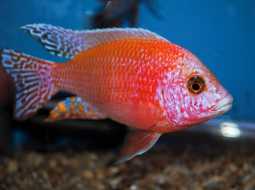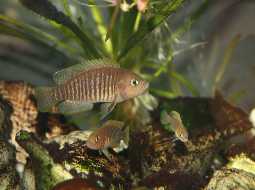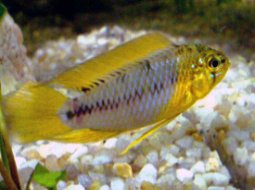
Loading Aqualapp ...
Care and Compatibility of Black Skirt Tetra - Gymnocorymbus ternetzi
Introduction
The Black Skirt Tetra (Gymnocorymbus ternetzi), also known as the Black Widow Tetra or Black Skirt Tetra, is a freshwater fish belonging to the Characidae family. It is native to South America, particularly the Paraná River and Paraguay River basins. This species is highly valued for its beautiful colors and active behavior. The Black Skirt Tetra has an elongated and laterally compressed body, with predominantly black coloration and red or orange fins. This combination of contrasting colors gives it a striking and attractive appearance in aquariums.
Behavior
The Black Skirt Tetra (Gymnocorymbus ternetzi) is a peaceful and sociable fish that generally gets along well with other fish of similar size. They are active swimmers and enjoy a spacious aquarium with enough room to explore. They prefer to swim in schools, and it is recommended to keep them in groups of at least 6 individuals. They are omnivorous and will accept a variety of foods, including dry and live foods. It is recommended to provide them with a balanced diet that includes high-quality commercial foods and supplements of live or frozen foods. As for reproduction, the Black Skirt Tetra is a free spawner and is not difficult to breed in a suitable environment.
Sexual Dimorphism
Sexual dimorphism in Gymnocorymbus ternetzi is minimal and difficult to distinguish. Both males and females have a similar appearance. During the breeding season, they may exhibit more active courtship behavior.
Reproduction
The reproduction of the Black Skirt Tetra is possible in suitable aquarium conditions. To stimulate breeding, it is recommended to keep a group of Black Skirt Tetras in a separate aquarium with optimal water conditions. The water temperature should be slightly higher, around 26-28°C (79-82°F). Dim lighting and the presence of floating plants can also help create a conducive environment. The fish will spawn on the substrate or on plants, and the eggs will hatch in approximately 24-48 hours. It is important to remove the adults after spawning to prevent them from eating the eggs or fry.
Aquarium Conditions
Gymnocorymbus ternetzi, commonly known as black tetra or phantom tetra, is a popular schooling fish that requires a well-planted aquarium with dense vegetation and open swimming areas. It prefers soft and slightly acidic water. Aquarium décor should include rocks, driftwood, and hardy plants. Maintaining water quality is important and providing a varied diet.
Feeding
The Black Skirt Tetra is an omnivorous fish and will accept a variety of foods. It mainly feeds on commercial foods in the form of flakes or pellets. Live or frozen foods, such as daphnia, brine shrimp, and mosquito larvae, can also be offered to provide a balanced and varied diet. It is important to feed them in appropriate amounts and avoid overfeeding to maintain their health and prevent water quality-related issues.
Complexity
Caring for Gymnocorymbus ternetzi is relatively straightforward. They are peaceful fish that adapt well to a variety of water conditions. They are best kept in groups of six or more individuals. They are omnivores and accept a varied diet including commercial and live foods.
In case you need more help, or if you want to know into any topic related to the Gymnocorymbus ternetzi (Black Skirt Tetra) and even any other species you can use the forums to ask what you need.
To do an analysis more detailed about coexistence and behavior of Gymnocorymbus ternetzi (Black Skirt Tetra) use the Aquarium simulation tool, if you do this you can test different ways to combine the Black Skirt Tetra with other fishes giving the dimensions and space on you aquarium, on this way you can known the optimal configuration for keep the fishes that you want.
You can also find out the 118 species compatible with the Gymnocorymbus ternetzi (Black Skirt Tetra) can live together.
Note: The parameters of the water such as PH and temperature are also used to calculate the compatibility of the species.
Compatible species (118)
Compatible (85 Species)
Compatible without any restriction
Les gusta mantenerse en grupos de varios individuos de su misma especie.
Knowing Yourself From Small (1 Species)
They are compatible but you have to be careful since the monjita fish if it is not in school can become aggressive
Similar Sizes (12 Species)
Si el pez koi es lo suficientemente grade puede devorar al pez monjita. procurar que el pez monjita no quepa en la boca del koi.
They can coexist if they are the same size or very similar sizes, it does not work in all cases, there may be exceptions.
Make sure that the nun fish does not enter the mouth of gray bichir.
With Reservation (8 Species)
Compatible in some cases, it depends on the nature and personality of the fish.
El Pez Barbo Sumatrano, persigue constantemente las Monjitas, y les muerde las aletas hasta llegar a estresarlos.
Considerable size difference (3 Species)
They can coexist while they are similar in size or the size difference is not very abysmal, since as the fish grows it increases the chances of eating its partner that did not grow much.
Food competition (2 Species)
They can live together but you have to be careful since it is likely that the fastest fish will take all the food and leave nothing for their partners who are slow swimmers, so you have to make sure that everyone can eat.
Compatible if space is enough (7 Species)
They can coexist together if the aquarium they share is large and spacious enough for both species to feel good, as some fish may attack others to feel that they have little space and try to eliminate the competition.
Black Skirt Tetra
Gymnocorymbus ternetzi
.jpg)
- Ph: 6 - 8
- Temperature (c°): 20 - 26
- Measures: 5 cm - 6cm
- Aquarium Capacity:
9 Liters - 2 Gallons - Alimentación: Carnivores, Omnivores
- Colores: Black, Gris
- Comportamiento: Eat fins, Peaceful, Shoal
- Habitad: American
- Preferencias del Acuario: Logs, Natural plants, Rocks
- Tamaño: Small
- Taxonomía: Fish
- Tipo de Agua: Sweet water, Tropical waters
- Velocidad de nado o movimiento: Normal
- Zona de Nado: Swim in the middle of the aquarium


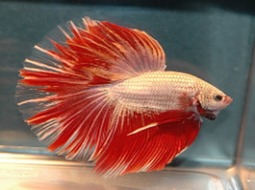

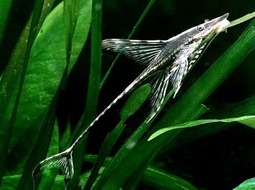

.jpg)
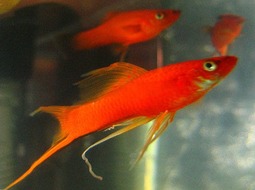
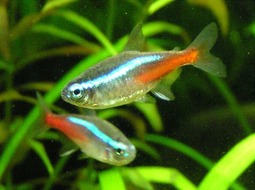
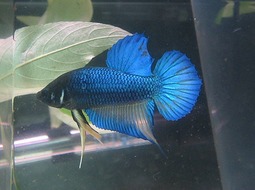

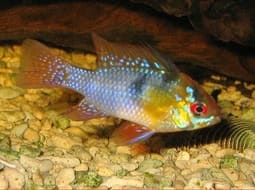
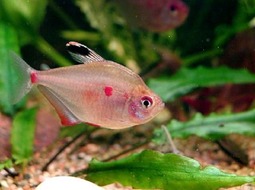





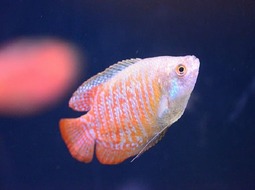


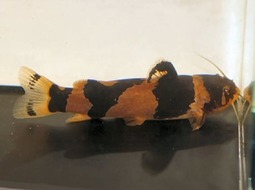

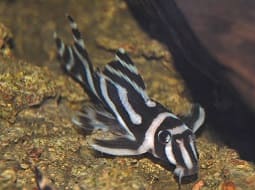
.jpg)



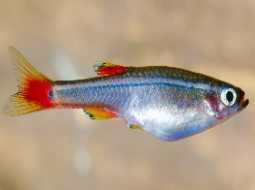



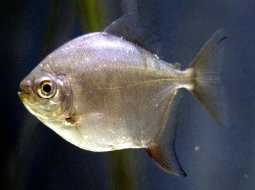
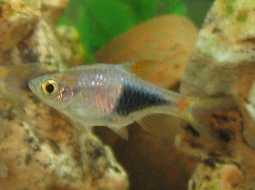
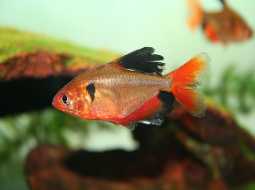

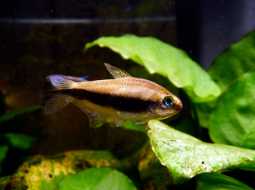
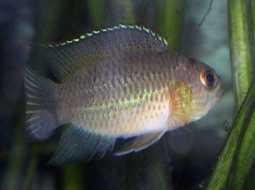
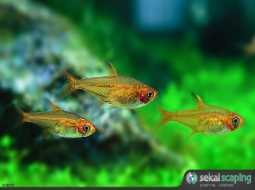
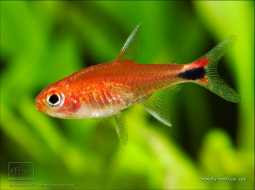
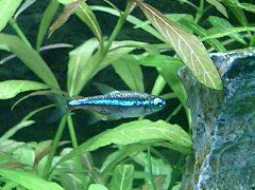
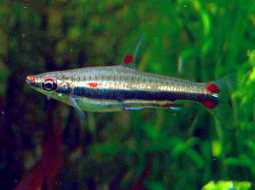
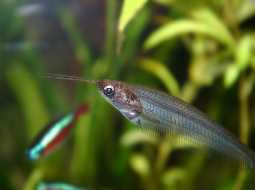


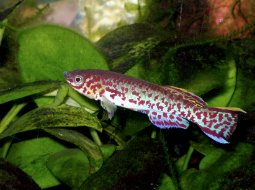
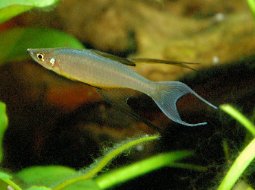
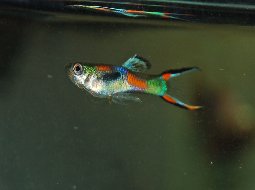
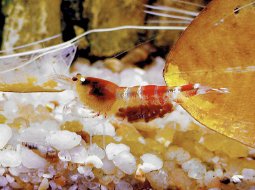
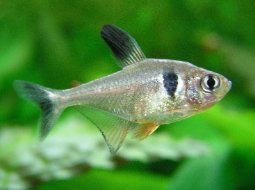

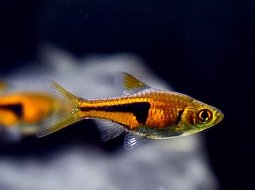






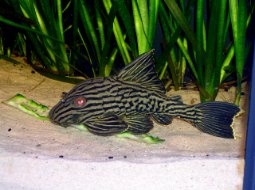

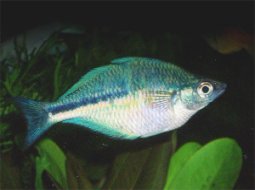





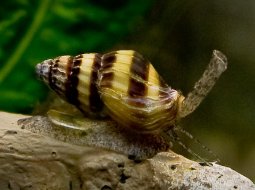



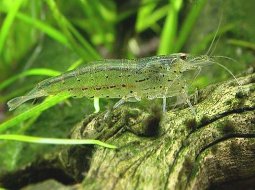
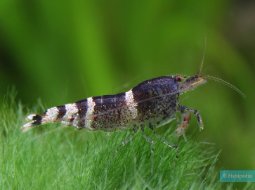
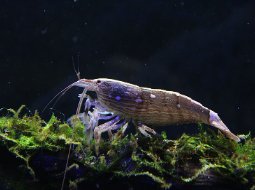




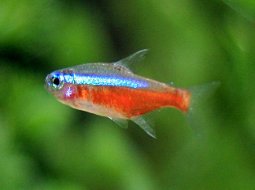
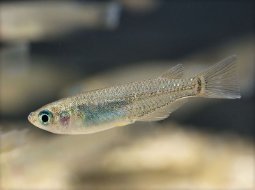

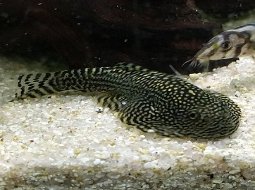
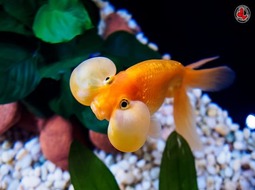


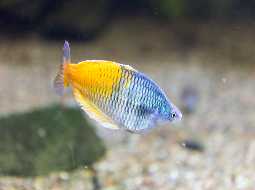


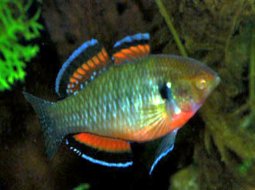

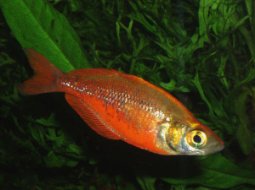

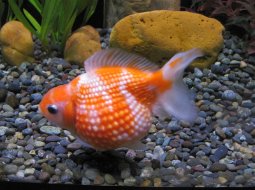



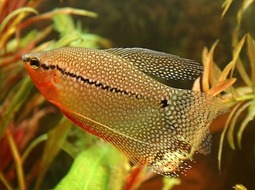
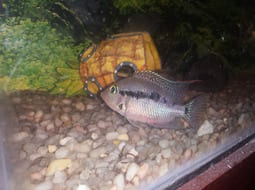

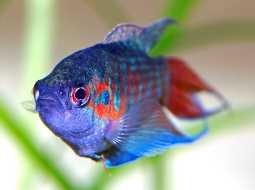




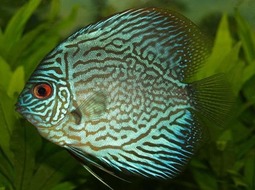
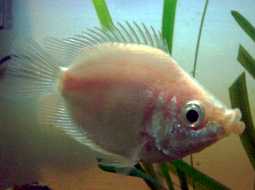
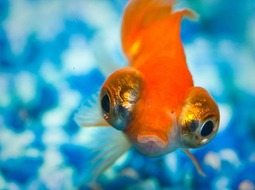
.jpg)


